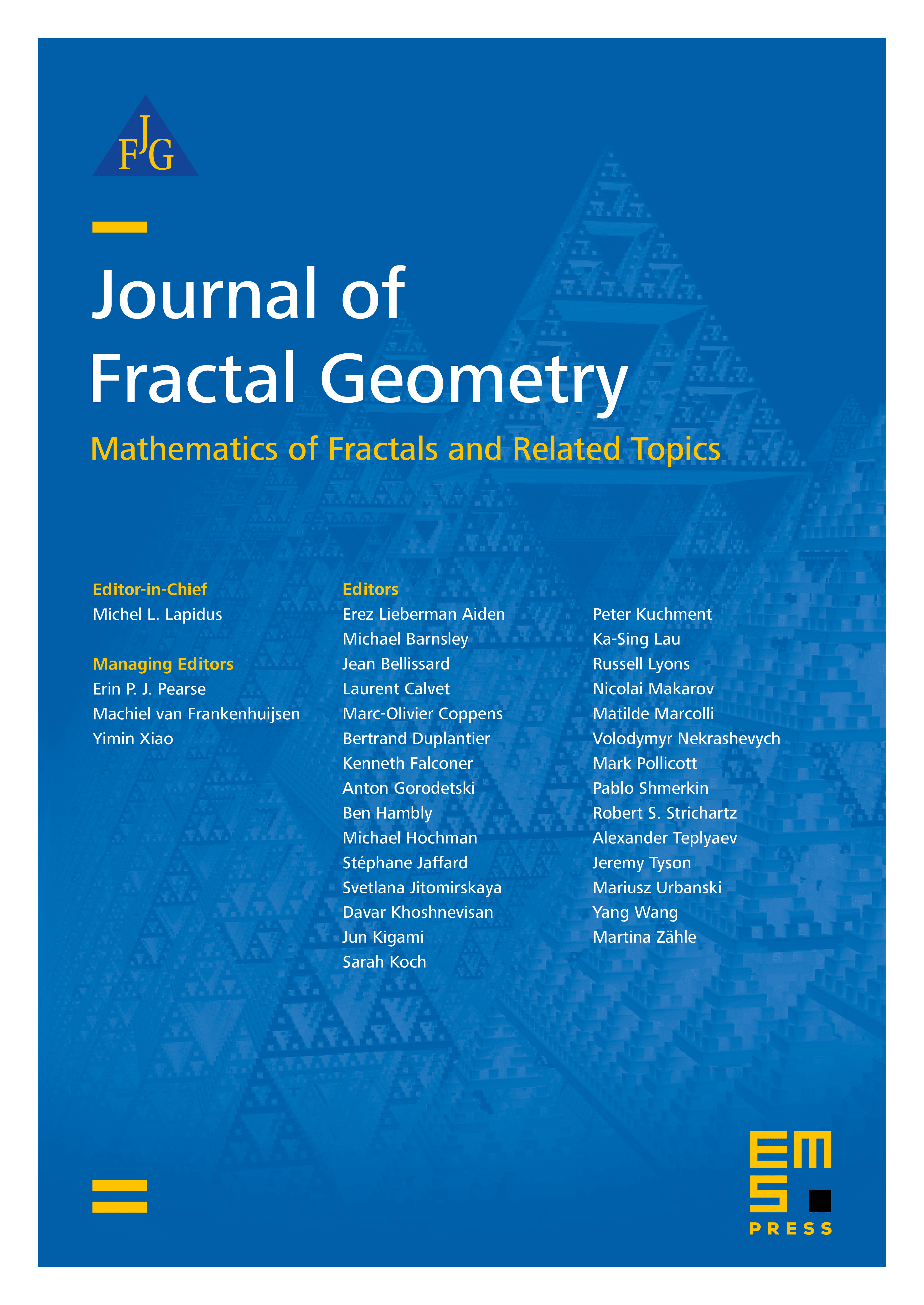Subgroup induction property for branch groups
Dominik Francoeur
Universidad Autónoma de Madrid, Madrid, SpainPaul-Henry Leemann
Xi’An Jiaotong Liverpool University, Suzhou, P. R. China

Abstract
The subgroup induction property is a property of self-similar groups acting on rooted trees introduced by Grigorchuk and Wilson in 2003 that appears to have strong implications on the structure of the groups possessing it. It was, for example, used in the proof that the first Grigorchuk group as well as the Gupta–Sidki -group are subgroup separable (locally extended residually finite) or to describe their finitely generated subgroups as well as their weakly maximal subgroups. However, until now, there were only two known examples of groups with this property, namely, the first Grigorchuk group and the Gupta–Sidki -group.
The aim of this article is twofold. First, we investigate various consequences of the subgroup induction property for branch groups, a particularly interesting class of self-similar groups. Notably, we show that finitely generated branch groups with the subgroup induction property must be torsion, just infinite and subgroup separable, and we establish conditions under which all their maximal subgroups are of finite index and all their weakly maximal subgroups are closed in the profinite topology. Then, we show that every torsion GGS group has the subgroup induction property, hence providing the first infinite family of examples of groups with this property.
Cite this article
Dominik Francoeur, Paul-Henry Leemann, Subgroup induction property for branch groups. J. Fractal Geom. (2025), published online first
DOI 10.4171/JFG/162